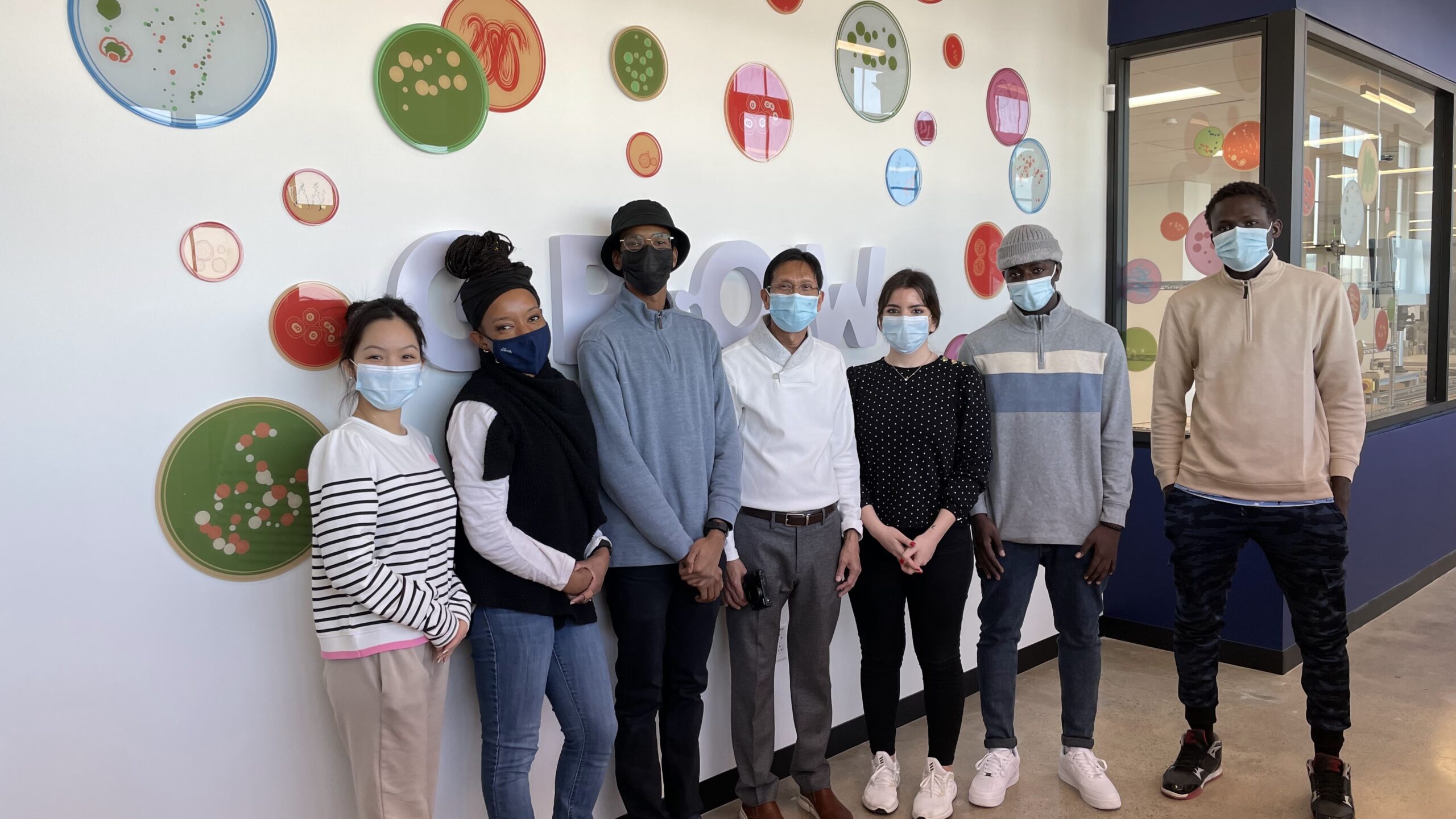According to a World Health Organization report, heavy metal pollutants from the environment pose a global health risk, resulting in approximately 12.6 million deaths. Lead is one of the major contaminants in the environment. Research shows that currently available remediation technologies to remove lead from the environment will be expensive and produce a large amount of waste. Removing lead from the environment by bioremediation is less costly and restores the environment. Therefore, our MCNDHS Bio Builder team is interested in a bioremediation project. We want to engineer a biological system to detect lead from the environment and break down the lead. Reviewing the literature, we learned about a lead-specific binding protein pbr, from an extremophilic bacteria called Cupriavidus metallidurans. Some research utilized a lead-specific operon from this bacteria and designed a whole-cell biosensor and bioremediation system to degrade heavy environmental contaminants. We searched the standard iGEM library of parts with this information and identified it as Part: BBa_K1758333, a GFP reporter controlled by the lead responsive promoter from the same bacteria. We believe that this part could be used as an important first step in our project to build a whole-cell biosensor capable of sensing and removing lead from the environment. During our winter break, we plan to do transformation by incorporating a lead-specific binding protein pbr, of Cupriavidus metallidurans into E.coli or yeast at the BioBuilder Learning Lab at Ginkgo Bioworks. After we transform E. coli, we will head back to our school to test with lead nitrate solutions to see if our newly engineered biosensor can actually detect lead.

Sensing and Removing Lead From the Environment
School
Manhattan Comprehensive Night & Day High School
New York, NY
BioBuilderClub Season
2021-2022 Season
Category
Resources